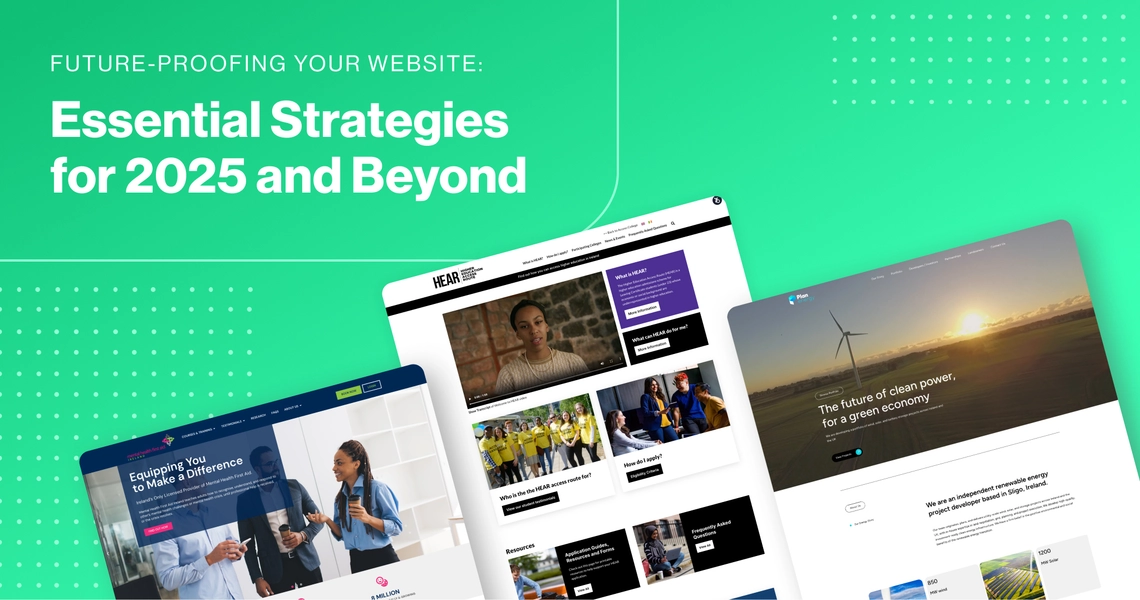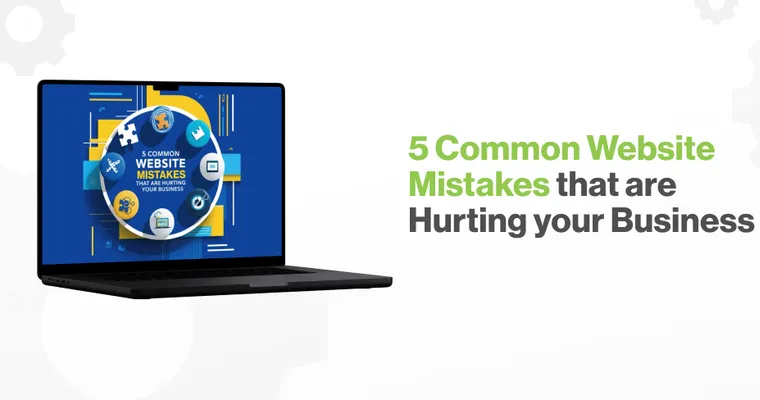Summary:
In today’s fast-changing digital world, keeping your website relevant requires more than just good design – it requires planning for the future. Future-proofing your website means ensuring it adapts to new technologies, evolving SEO standards, and changing user expectations. From responsive design and advanced SEO to emerging technologies like AR, PWAs, and AI personalization, this guide highlights essential strategies to keep your website modern, accessible, and competitive in 2025 and beyond.
1. Responsive and Adaptive Design
Key Points:
- Mobile devices continue to dominate web traffic. Websites must look and function seamlessly across smartphones, tablets, and desktops.
- Adaptive design goes a step further than responsive design by tailoring content, layouts, and even functionality to the user’s device and behavior.
- Techniques: Flexible grids, dynamic image scaling, media queries, and device-specific content.
Example/Visual: Show a screenshot comparison of a site on desktop vs mobile, highlighting adaptive elements.
2. Advanced SEO Strategies for 2025
Key Points:
- Voice search optimization: With smart assistants like Alexa and Google Assistant, optimizing for natural language queries is essential.
- AI-driven keyword analysis: Tools can now predict user intent and suggest long-tail keywords that improve traffic quality.
- Structured data and schema markup help search engines understand content, improving visibility in rich results.
- Page experience and Core Web Vitals remain critical for ranking.
Example/Visual: Infographic showing how traditional SEO differs from AI-driven 2025 SEO strategies.
3. Integration with Emerging Technologies
Key Points:
- Progressive Web Apps (PWAs): Offer app-like experiences directly in the browser, improving performance and engagement.
- Augmented Reality (AR) & Virtual Reality (VR): Particularly useful for e-commerce, real estate, or any business needing immersive product experiences.
- AI chatbots and personalization tools: Enhance customer support and tailor content based on user behavior.
Example: A fashion retailer allowing customers to “try on” products virtually before purchase.
4. Accessibility and Compliance
Key Points:
- Compliance with WCAG 2.1 and local accessibility regulations ensures your website is usable for all audiences.
- Inclusive design improves user experience and avoids potential legal issues.
- Regular accessibility audits help maintain standards as technology evolves.
Example: Steps to test and improve accessibility, such as color contrast checks, alt text for images, and keyboard navigation testing.
5. Continuous Monitoring and Optimization
Key Points:
- A website isn’t “done” once it launches; it requires ongoing optimization based on analytics and user feedback.
- Tools like Google Analytics, Hotjar, and Lighthouse can identify areas for improvement.
- Regular updates to content, performance, security, and design trends keep the website future-ready.
Example: Case study of a website before and after a quarterly optimization update, showing improved speed, engagement, and conversions.
Conclusion
Future-proofing your website is not just about technology – it’s about anticipating trends, staying adaptable, and consistently improving user experience. By focusing on responsive design, advanced SEO, emerging technologies, accessibility, and ongoing optimization, your website can remain competitive and effective for years to come.
Ready to future-proof your website and stay ahead of the digital curve? Contact us today to start optimizing your site for 2025 and beyond.



